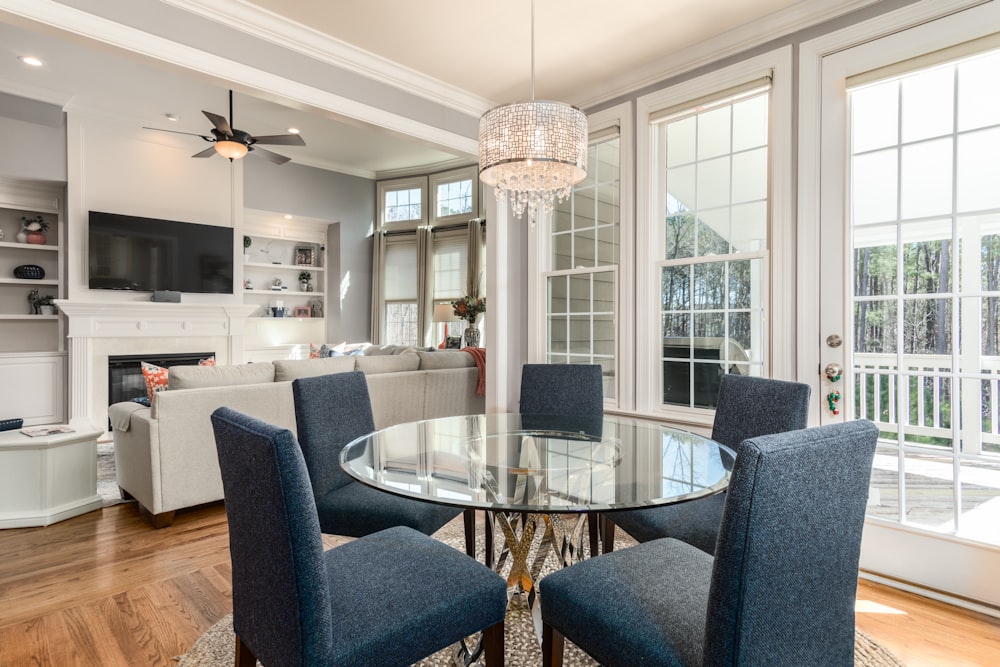Efficiency in Construction: Exploring Pre Engineered Buildings
Understanding Pre Engineered Buildings
Pre engineered buildings, also known as prefab buildings or modular buildings, are structures that are designed and manufactured off-site before being transported and assembled at the construction site. These buildings are constructed using standardized components and assembly techniques, allowing for faster and more efficient construction compared to traditional building methods.
Streamlined Design and Engineering
One of the key advantages of pre engineered buildings is their streamlined design and engineering process. These buildings are designed using advanced software and engineering techniques to ensure structural integrity and efficiency. The components are manufactured to precise specifications in a controlled factory environment, reducing waste and errors during the construction process.
Customization and Flexibility
Despite their standardized components, pre engineered buildings offer a high degree of customization and flexibility to meet the specific needs of each project. From warehouses and industrial facilities to commercial offices and retail spaces, these buildings can be tailored to accommodate various architectural styles, sizes, and configurations. With a wide range of options for finishes, cladding, and accessories, pre engineered buildings can be customized to suit any aesthetic or functional requirements.
Rapid Construction Time
One of the most significant benefits of pre engineered buildings is their rapid construction time. Since the components are manufactured off-site and shipped to the construction site ready for assembly, the overall construction timeline is significantly reduced compared to traditional building methods. This shortened construction time translates to cost savings and faster occupancy for building owners, making pre engineered buildings an attractive option for projects with tight deadlines.
Cost-Effectiveness
Pre engineered buildings offer cost-effectiveness compared to traditional construction methods. The standardized components and assembly process help minimize material waste, labor costs, and construction time, resulting in overall cost savings for building owners. Additionally, the controlled factory environment allows for efficient use of resources and materials, further reducing construction costs without sacrificing quality or durability.
Energy Efficiency and Sustainability
Many pre engineered buildings are designed with energy efficiency and sustainability in mind. These buildings can be constructed using eco-friendly materials and energy-efficient systems to minimize their environmental impact and reduce operating costs. Features such as insulated panels, energy-efficient lighting, and renewable energy sources can help pre engineered buildings achieve high levels of energy efficiency and LEED certification.
Durability and Structural Integrity
Despite their prefabricated nature, pre engineered buildings are known for their durability and structural integrity. These buildings are engineered to withstand the rigors of transportation and assembly, as well as the demands of various environmental conditions. With proper maintenance and care, pre engineered buildings can provide long-lasting performance and reliability for decades to come.
Quality Control and Assurance
Another advantage of pre engineered buildings is the rigorous quality control and assurance processes employed during manufacturing and assembly. Each component undergoes thorough inspection and testing to ensure compliance with industry standards and building codes. By adhering to strict quality control measures, pre engineered building manufacturers can deliver high-quality, reliable structures that meet or exceed customer expectations.
Adaptability and Expansion
Pre engineered buildings offer adaptability and expansion capabilities, allowing for future modifications and additions as needed. These buildings can be easily expanded, relocated, or repurposed to accommodate changing needs or growth opportunities. Whether you need to add extra square footage, install new equipment, or reconfigure interior spaces, pre engineered buildings offer the flexibility to adapt to your evolving requirements.
Innovation and Advancements
As technology and construction techniques continue to evolve, pre engineered buildings are constantly being improved and enhanced to meet the changing needs of the industry. From advancements in materials and design software to innovations in assembly techniques and sustainability practices, pre engineered buildings represent a dynamic and innovative solution for modern construction projects.
Conclusion
In conclusion, pre engineered buildings offer a range of benefits, including streamlined design and engineering, customization and flexibility, rapid construction time, cost-effectiveness, energy efficiency, durability, quality control, adaptability, and innovation. With their efficiency in construction and ability to meet the diverse needs of building owners, pre engineered buildings are a viable option for a wide range of applications across various industries.



